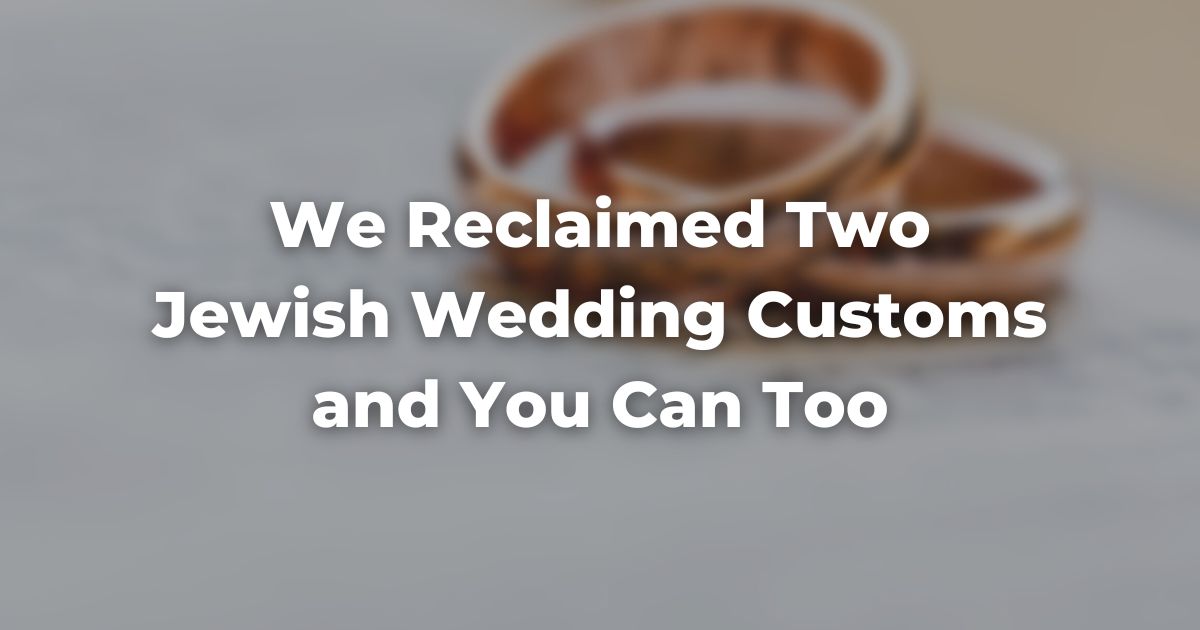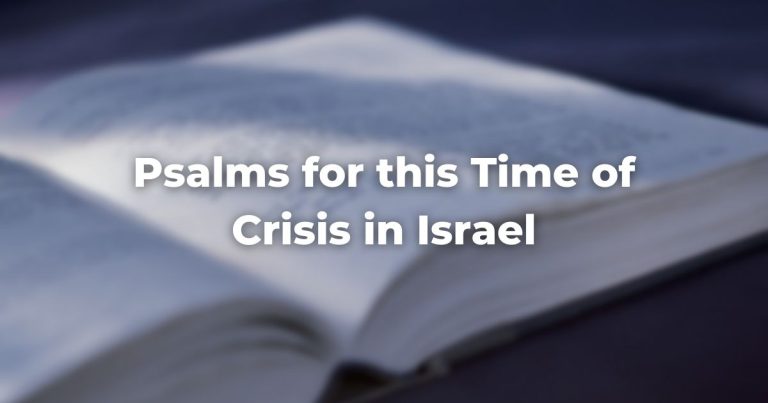Whether you’ve had a Jewish wedding or watched one on Netflix, there are certain rituals and traditions that are ubiquitous, even anticipated: signing the Ketubah, performing the wedding (aka seven terse blessings) under a huppah, and breaking a glass–l’chaim!
And, recalling that Pesach ditty dayenu, that could really be enough.
But as my wife and I began to plan our wedding, we had a bit of a Little Mermaid moment. Maybe it was the enormity of the occasion–intertwining not just two lives but two families together–or the wealth of Jewish heritage we both bring to the table (Sephardi, Ashkenazi, stints in ultra-orthodoxy, failed attempts at Daf Yomi, day school, and summer camp, just to name a few).
We wanted more.
We incorporated many reclaimed Jewish wedding traditions into the wedding weekend. Our bridal parties painted our huppah, we chose a cloth embroidered by my past Paraguayan host families to use as part of the ketubah signing ceremony (kinyan), and used our special bridal pipeline to heaven / access to the gates of prayer to bless our guests with whatever they asked for.
But two of my favorite adopted traditions from our wedding were breaking the plate and the henna on our hands.
1. Breaking the plate
This custom originated in the 12th century from a ceremony where a betrothed couple and their families would sign t’naim (also spelled tenaim), a set of agreements formalizing the couple’s commitment to each other before the wedding. Shortly after signing the t’naim, the parents of the betrothed couple would break a plate together, to seal the deal.
While our engagement party did not include a t’naim section, by the time we got to the wedding, we could definitely feel the natural anxiety of two families who are complete strangers to each other joining together. Us brides-to-be had been in love for years, but what about our parents, who’d spent limited time together before the wedding, who didn’t choose each other?
Nothing breaks the ice, gets out some nervous energy, and has everyone laughing like two machatunim (mother-in-laws) smashing a ceramic plate with pink hammers while a crowd of wedding guests cheer them on.
2. Henna
While many Jews are more likely to associate henna with Indian weddings, henna has been a part of Jewish wedding traditions and celebrations for generations everywhere the henna plant grows, including North Africa, Spain, and the Mediterranean basin.
Henna tattoos, which are brightest shortly after the application, are more than just pretty designs. They mark the passage of time as they fade and, in the case of weddings, take the wearer’s hand and accompany them through a major life transition.
While the brief ceremony under the huppah pinpoints the exact moment of this transition, the henna lingers into the first week of marriage, as you begin to adjust to a new life together.
Author
-

Emily Jaeger is a poet and professional writer based in Wilmington, North Carolina. Her work has appeared in Insider, News Courier, and JTA among others. https://emilyjaeger.com/
View all posts






